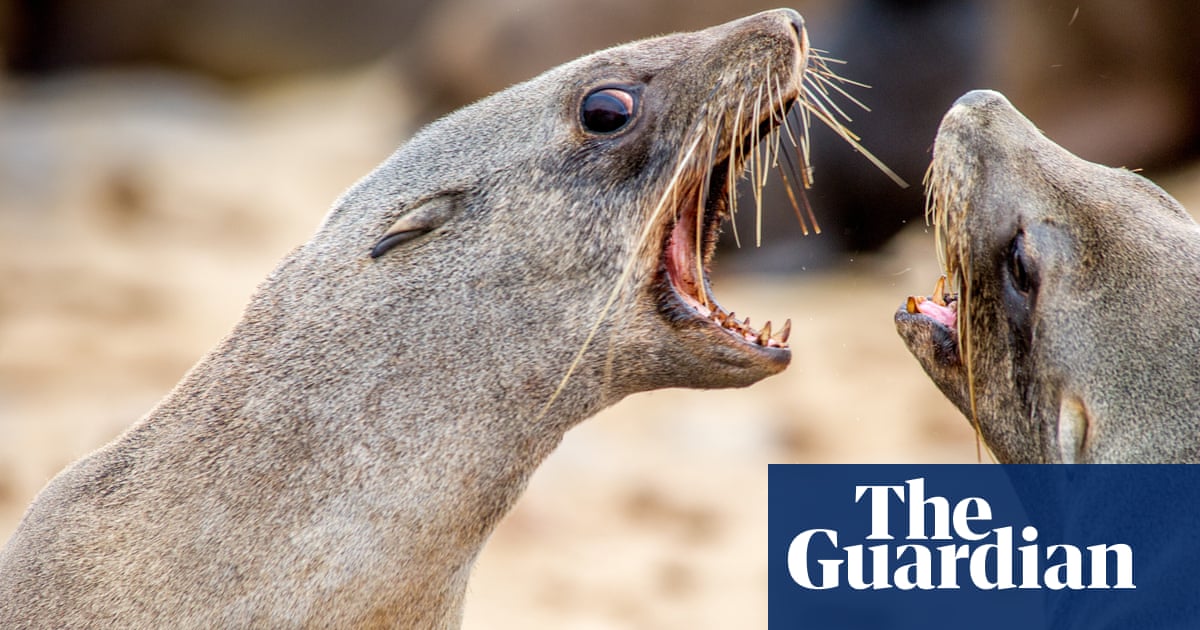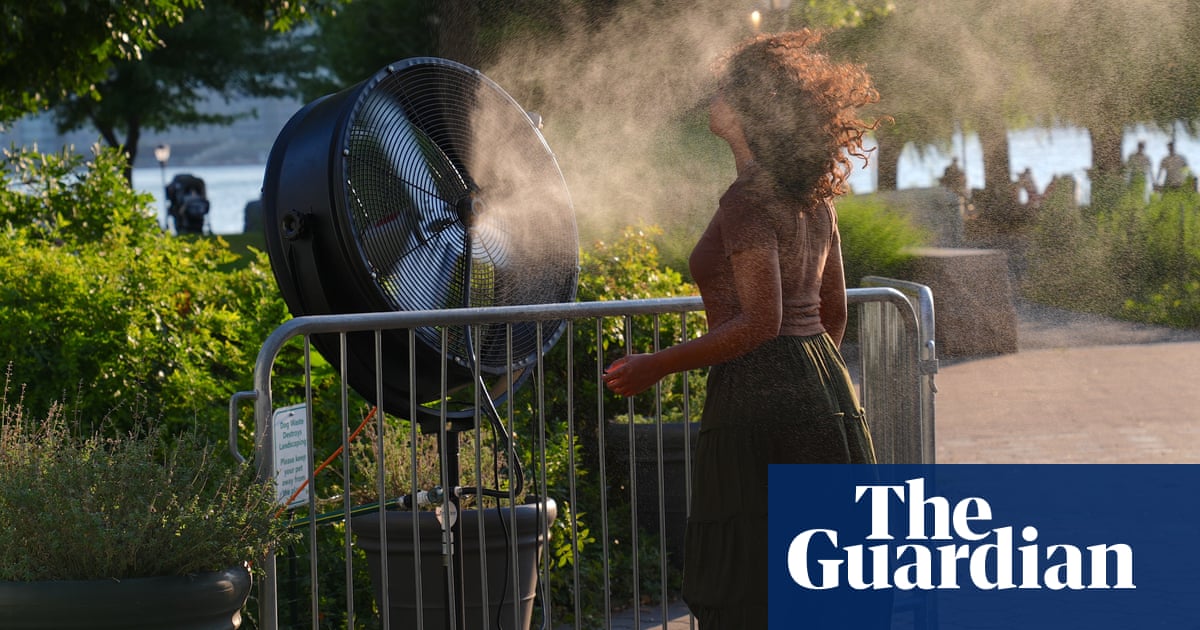‘Everyone was paddling to get away’: seals with rabies alarm South Africa’s surfers | Mammals

It’s happened to me dozens of times: I’m riding a wave when, out of the corner of my eye, I see a black shape coming up beneath me. Being in Cape Town – a great white shark hotspot – it’s hard not to assume the worst. But fear soon gives into relief when it becomes clear that I’m sharing the wave with a Cape fur seal. Sometimes, they get so close you can see the bubbles on their whiskers.
Now, nine seals have tested positive for rabies – the world’s first significant outbreak of the disease in marine mammals – and people like me are watching the water along this 400-mile (600km) coastline for a different reason.
“I was out surfing the other day, when this seal popped up in the lineup [of surfers] to sun itself,” says Gregg Oelofse, who is in charge of coastal management for Cape Town council. “Usually, surfers would enjoy the interaction. But now everyone was paddling as fast as they could to get away.”
Last month, a single seal bit several surfers in a matter of minutes and another seal swam ashore with horrific facial injuries that could only have been inflicted by a seriously aggressive animal. These attacks convinced authorities to euthanise four animals and send their bodies to be tested for rabies.
Three of those four seals tested positive, and the number of cases has since risen to nine.
Scientists from the University of Pretoria are sequencing the virus to determine where and when rabies entered the seal population. Rabies is endemic among many wild animals in southern Africa (jackals, for example) but most of these animals do not live close to humans.
Seal behaviour started to change a few years ago. Oelofse and his team noticed a marked increase in seal aggression in Cape Town in late 2021, after intermittent reports of seals attacking humans.
To understand this highly unusual behaviour, they joined up with marine scientists from a local research organisation, Sea Search, and an animal welfare organisation, the SPCA, to catch animals and test them.
They considered rabies as a possible cause, but the fact that there had only ever been one recorded case of a seal contracting rabies – in Norway’s Svalbard islands in 1980 – suggested this was very unlikely.
Oelofse stresses that the increasing number of cases is not a sign of the outbreak increasing exponentially. “We are retrospectively testing euthanised animals,” he says. “We are very fortunate that Sea Search has sampled and kept 120 brains over the last two and a half years.”
Testing these brains will allow them to get a better picture of when rabies first appeared in the population and how far it has spread. They will continue to test any animals that they suspect of having rabies.
On Cape Town’s shoreline, swimmers and surfers like me are being given a clear message: anyone bitten by a seal, no matter how long ago, must seek medical attention immediately. Rabies can take anywhere between a week and two years to incubate, with a few months being the norm.
But the evidence Oelofse has seen of reports is reassuring. “We think quite a few people have been bitten by rabid seals, but luckily no human has got infected yet,” he says. “We don’t know why. Perhaps the transfer rate is low? Does salt water in their mouth reduce the viral load?”
Two million Cape fur seals live in colonies stretching from southern Angola to Algoa Bay on the east coast of South Africa, says Dr Greg Hofmeyr, a marine biologist who has been studying seals for 32 years. “They can spend days to weeks at sea, covering vast distances, and only hauling out on to islands occasionally to rest or to mate.”
When they are on these offshore colonies, however, they live in extremely close proximity, where there are frequent fights. Rabies is primarily transmitted through saliva, so there is a concern that the disease could spread quickly among seals.
Meanwhile, lifeguards and shark spotters have been instructed to close beaches if an aggressive seal is spotted, and members of the public are urged to report any unusual seal behaviour, to always keep their dogs on leashes and to stay away from seals in harbours that have become habituated to humans.
While panic and the urge to swim away from any seal fast is understandable, Oelofse says it is not entirely justified. “If a seal is behaving weirdly or aggressively, stay well away and report it to the authorities,” he says. “A relaxed seal is unlikely to pose a threat.”
The message seems to be getting through. I was out surfing yesterday when a seal joined us at the backline, rolling around on the surface like an oversized labrador. No one around me panicked and after a while the seal swam away from us.
There is, Oelofse stresses, “no global ‘best practice’ to follow”, so the authorities are taking a proactive approach.
“We really want to know the transfer rate [of the disease],” he says, expressing concern that rabies might become endemic in the seal population or jump to other coastal mammals such as Cape clawless otters.
“We’re also super-worried about what it might mean for our seals,” he says. “And we really don’t want any humans to get rabies.”
Source link




